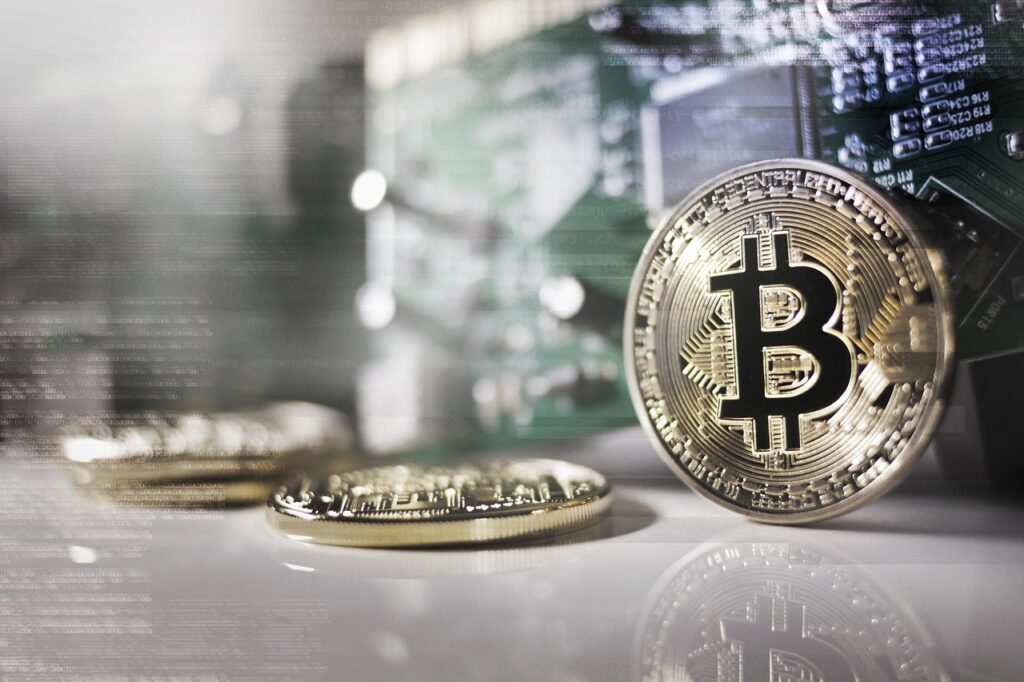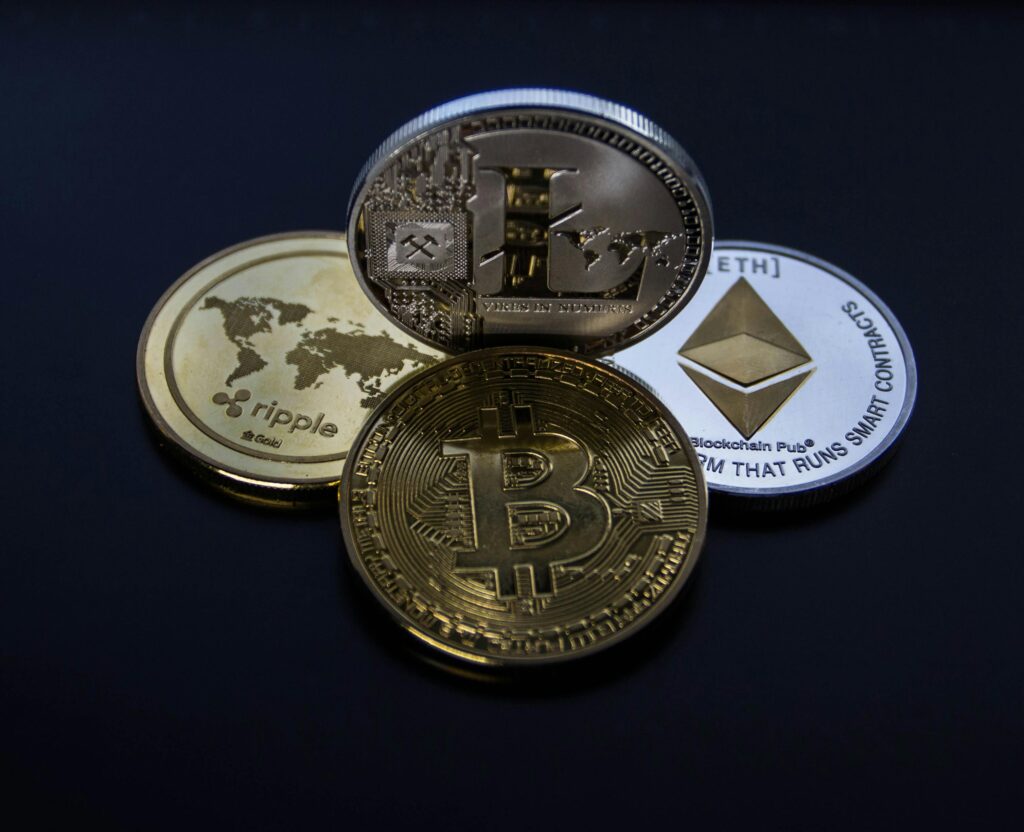When it comes to public trust, bankers seldom earn blue ribbons. In the Gallup Poll’s annual survey of trusted professionals, bankers typically end up in the middle of the pack. That’s certainly better than used car salespeople and members of Congress but nowhere near the levels of respect accorded to nurses, doctors, clergy and even engineers.
In addition, when bankers and financial institutions go to the dark side it tends to result in headlines of the worst kind. Search “Wells Fargo scandals” on Google News if you doubt it. But the fact is that despite the problematic behavior of some bankers, banks offer critically important services to individuals and organizations, including those with lower incomes.
That may seem counterintuitive. After all, why would poor people need banks? However, living on cash alone is a precarious endeavor. You can easily lose virtually everything to error, caprice, disaster or theft. Plus, those with lower incomes are often victimized by “too good to be true” offers by sources ranging from obvious charlatans to legitimate “easy credit” and payday loan providers.
When you get right down to it, access to banking services can promote good financial habits, and help people work their way toward specific goals. That’s why Mojaloop, a new open-source software project for creating payment platforms aimed at unbanked people is so intriguing and promising. Funded by the Bill and Melinda Gates Foundation, Mojaloop is now available on GitHub for software developers to adapt and banks, financial service providers and other companies to implement.
Let’s consider what the Gates Foundation is doing and why that’s worthwhile.
Mobilizing banking services
You can’t blame companies for wanting wealthy clients. Actively engaging with people that can buy and, better yet, pay for your goods and services is straight out of Business 101. So, it’s commonplace for vendors to pursue organizations that buy products by the gross, and goods purveyors to enthusiastically go after customers with substantial income.
The Internet changed those dynamics a bit but not by as much as many assume. True, it’s easier for small businesses, including solo practitioners to reach out to and engage with customers and markets that would have been impossible before the World Wide Web and eBay came along. But the fact is that poor communities and developing countries which remain woefully underserved by technologically-driven businesses, including banks.
There are some workarounds, of course. People, no matter what their means are, can be creative and resourceful. But some issues and processes are difficult or impossible to replicate without third party assistance, including banking services, like savings accounts and support for transactions, such as money transfers and payments.
Interestingly, continually evolving mobile technologies offer a key to solving many or most of these problems. Mobile phone infrastructures are easier and cheaper to build-out than traditional wired networks. Plus, along with being affordable, mobile phones are convenient, reliable, widely available and easy to use. As a result, citizens in many developing economies are using smart phones and other mobile solutions for computing tasks.
There’s plenty of evidence that mobile services can be beneficial for developing economies—in Kenya, some 194,000 households have used M-Pesa to escape extreme poverty. However, lack of interoperability between digital financial services and payment platforms is hampering the expansion of these services to the communities that need them most.
The Mojaloop value proposition
The measurable differences that mobile solutions and services are making in people’s lives is at the heart of the Gates Foundation’s efforts. The Mojaloop press release cites data from the World Bank showing that nearly two billion people in developing economies lack bank accounts and the benefits and security of financial services.
Why is happening? In part due to a lack of interoperability between digital financial service providers and payment platforms. That’s a problem begging for technological solutions, but existing approaches also suffer from overcomplexity and high-cost, making them unsustainable for financial and payment companies balancing service delivery against slim margins.
That’s where Mojaloop comes in. Created by the Gates Foundation’s Level One Project with technologies, including the Interledger Protocol, a solution for settling funds among multiple providers across their individual systems, Mojaloop includes four components;
- An interoperability layer, which connects bank accounts, mobile money wallets, and merchants in an open loop;
- A directory service layer, which navigates the different methods that providers use to identify accounts on each side of a transaction;
- A transactions settlement layer, which makes payments instant and irrevocable; and,
- Components which protect against fraud.
According to the Foundation, though other promising financial software solutions exist, Mojaloop is the first that “can help extend interoperability from mobile money providers to any bank, merchant or government institution in a customer’s economy in a way that specifically meets the needs of the poor.” The Gates Foundation says will not own or implement Mojaloop but it will use the project to promote the development of pro-poor, digital payment platforms.
Final analysis
So how do Mojaloop’s prospects appear? It would be one thing if the Gates Foundation’s effort existed in a vacuum. After all, the Foundation’s financial resources mean that virtually anything it puts its weight behind becomes newsworthy and even viable.
But while Mojaloop came out of the Foundation’s Level One Project, it was created in partnership with financial technology (fintech) developers, including Crosslake, Dwolla, ModusBox and Ripple. In addition, Ericsson, Huawei, Mahindra Comiva and Telepin created an open API for mobile money interoperability that was developed alongside Mojaloop.
In other words, Mojaloop represents a far larger effort and far broader focus areas than even the resources of the Gates Foundation could have garnered on its own. As a result, the project will likely have a substantial impact.
There are obvious ironies surrounding Mojaloop. That an innovative open source project was sparked by a Foundation largely funded by a fortune based on proprietary software is worth a chuckle. But most conventional technologies have failed to meaningfully impact the lives of the poor. Given the size of the potential audience for Mojaloop-based services and the financial restrictions facing participating orgaizations, open source is a superior alternative.
Overall, the Gates Foundation and its fintech and other partners deserve kudos for their Mojaloop investments. As a result of their efforts, the continuing innovations of mobile technologies could have positive, life changing effects for millions of unbanked and poor people worldwide.
- Dell Concept Luna – Inspiring Sustainable Innovations with Circular Design - December 21, 2023
- AI Alliance: IBM, Meta, Dell and 50+ Founding Partners Pursue Open, Transparent and Safe AI Innovation - December 13, 2023
- Dell Technologies: Creative Partnering = GenAI Innovation - November 30, 2023




Comments are closed.